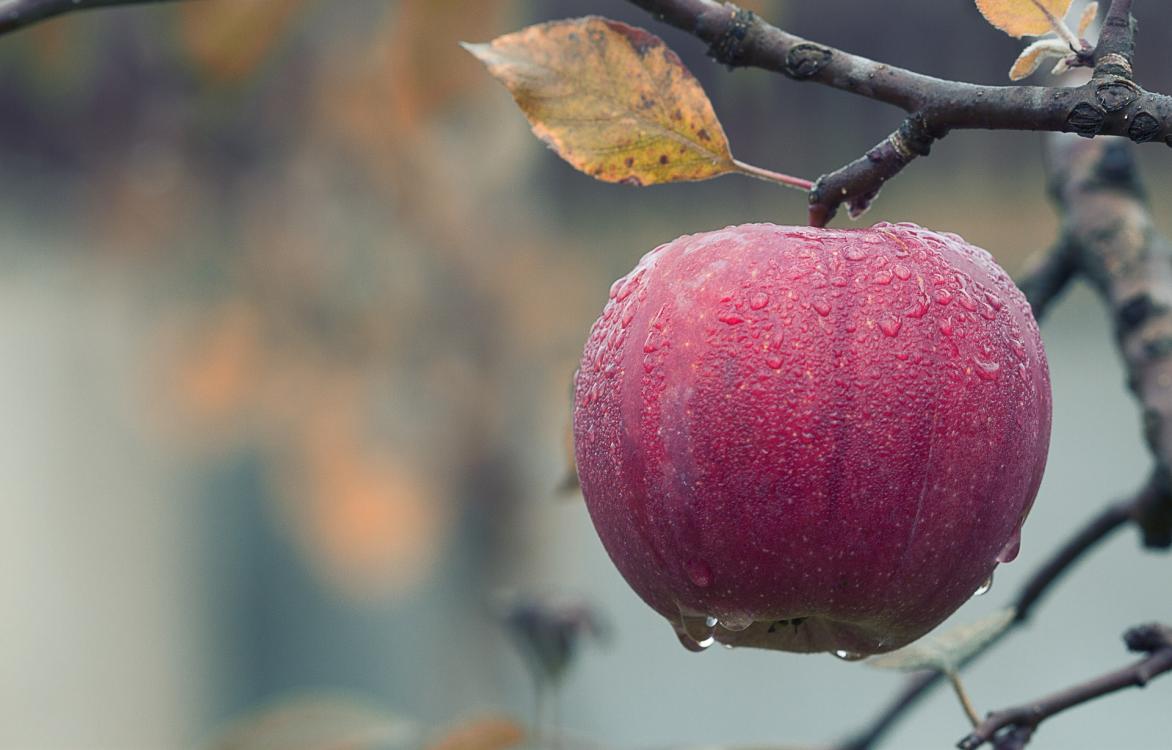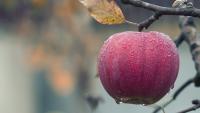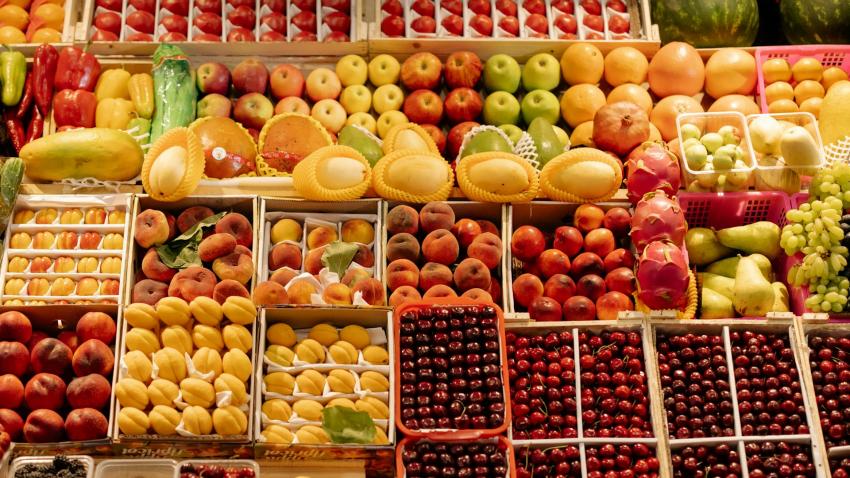You are here
Back to topHow Climate Change is Affecting 3 Key Midwestern Crops

The Midwest United States – also known as “the heartland” – is famous for producing copious amounts of corn, wheat and soybeans. While climate change is affecting the region’s ability to consistently produce these products, there are other forms of fresh produce that could be affected as well by rising temperatures, more extreme weather and shifting seasons.
The role of climate change in affecting precipitation is well-documented. According to the National Aeronautics and Space Administration (NASA), “Rising temperatures will intensify the Earth’s water cycle, increasing evaporation. Increased evaporation will result in more storms … As a result, storm-affected areas are likely to experience increases in precipitation and increased risk of flooding.”
Flooding is not good for most crops, particularly ones in low-lying vulnerable areas such as many in the Midwest. Apples, cherries and corn in particular have been affected this year as the summer brought sporadic and extreme heat and record rainfall in some areas. On top of the rain, a changing climate has cascading effects that cause seasonal timelines to shift and the regions where crops have typically been grown to geographically move.
Bad Apples
A surface-level assessment of U.S. apple exports displays a strong showing in 2018; exports topped $1 billion, an increase of about 4% over the previous year. Indeed the 2018 value was 10% higher than it was in 2016, and apple exports were about five times greater than apple imports.
But a closer look at the Midwest in particular shows troubling signs for the future of apple farming. Western Michigan has been considered an ideal place to grow apples for more than 100 years, according to Jeff Andresen, Associate Professor of Geography at Michigan State University. Lake Michigan, to the west, moderates the climate there, but in recent years, higher winter temperatures have decreased the ice cover on the Great Lakes, causing Spring to come sooner and the seasons to essentially shift.
The increased summer heat leads to more “bad apples,” or apples with marks that essentially amount to sunburn. This can cause the apples to be used in applesauce or juice, products which are less of a financial boon to farmers than whole apples. In addition, the early onset of winter can lead to frost, which causes a cosmetic effect known as russeting — rusty brown splotches on the skin. Those apples don’t end up in exports or on grocery shelves – they end up in juice, further hurting farmers’ financial prospects.
Tart Cherries
Michigan again provides a telling example of the effects of climate change on produce farming. From 2006 through 2018, the number of Michigan tart cherry farms declined from 540 to 380, a drop of 30%. Some farmers blame cheap imports of tart cherry juice and dried cherries coming in from Turkey, an argument which has merit.
A closer look, though, shows increased precipitation, a hallmark of climate change, also played a role. For example, a fungus that renders leaves unable to sustain the growing fruit was exacerbated this year after torrential rains in late spring and early summer. Those same rains and a cool, late spring destined 2019 cherries for a slow start, while hailstorms harmed the crops to the point where they were not fit to sell.
Interesting Data Kernels
This year, cornfields across the Midwest have seen significant rain and flooding, especially in the planting season, which typically occurs in April and May. As a result, farmers were forced to plant their crops later than usual. According to the United States Department of Agriculture (USDA), as of Oct. 20, the 18 U.S. states that produce more than 90% of the nation’s corn had harvested just 30% of their collective corn crops, compared to 48% by the same date last year. From 2014 to 2018, the yearly average by Oct. 20 was 47%.
The late harvest seems to be affecting exports as well. Reuters reported that “through Sept. 26, only 9.7 million [metric tons] of U.S. corn had been sold for export in 2019-20, the lightest for the date since 2002.” USDA data point to a 17 percent monetary decrease in corn exported from October 2018-August 2019 compared to that span the previous year – a drop from over $10 billion worth of corn to $8.6 billion.
The changing climate also means corn is now farmed in completely new locations. “We’re seeing that industry move west and north,” Jim Byrum, president of the Michigan Agri-Business Association told Michigan Public Radio. “Some of the biggest production increases in corn acres, for example, the last few years have been in states like North Dakota where corn has moved in. When historically, they didn’t produce corn.”
The Harsh Climate Reality
In 2014, the National Climate Assessment noted that “extreme rainfall events and flooding” have been increasing in the Midwest over the last century, and were expected to continue to increase. This has turned out to be correct.
A USDA report shows several Midwestern producing states – including agricultural powerhouses Missouri, Kansas, and Nebraska – having their single wettest May on record in 2019. In addition, Illinois and Iowa both had their fourth-highest precipitation totals in May since 1895, when data first became available. To see the scope of the trend, consider that for recorded periods spanning from June of one year through May of the following year, a total of 18 U.S. states (many in the Midwest) set statewide precipitation records in 2018-2019.
As temperatures continue to rise and rain continues to fall, planting and harvesting seasons in the U.S. could be pushed back and forth unpredictably on an annual basis. After this harvesting season and those in years to come, a clearer picture will emerge of how climate will affect where, when, and how apples, cherries, corn and other crops are grown in the U.S. And with snow and frost arriving in much of the Midwest in October and November, farmers will have to consider the shifting timelines of planting and harvesting to adapt to an undeniably changing climate.
Image Source: Pixabay
















